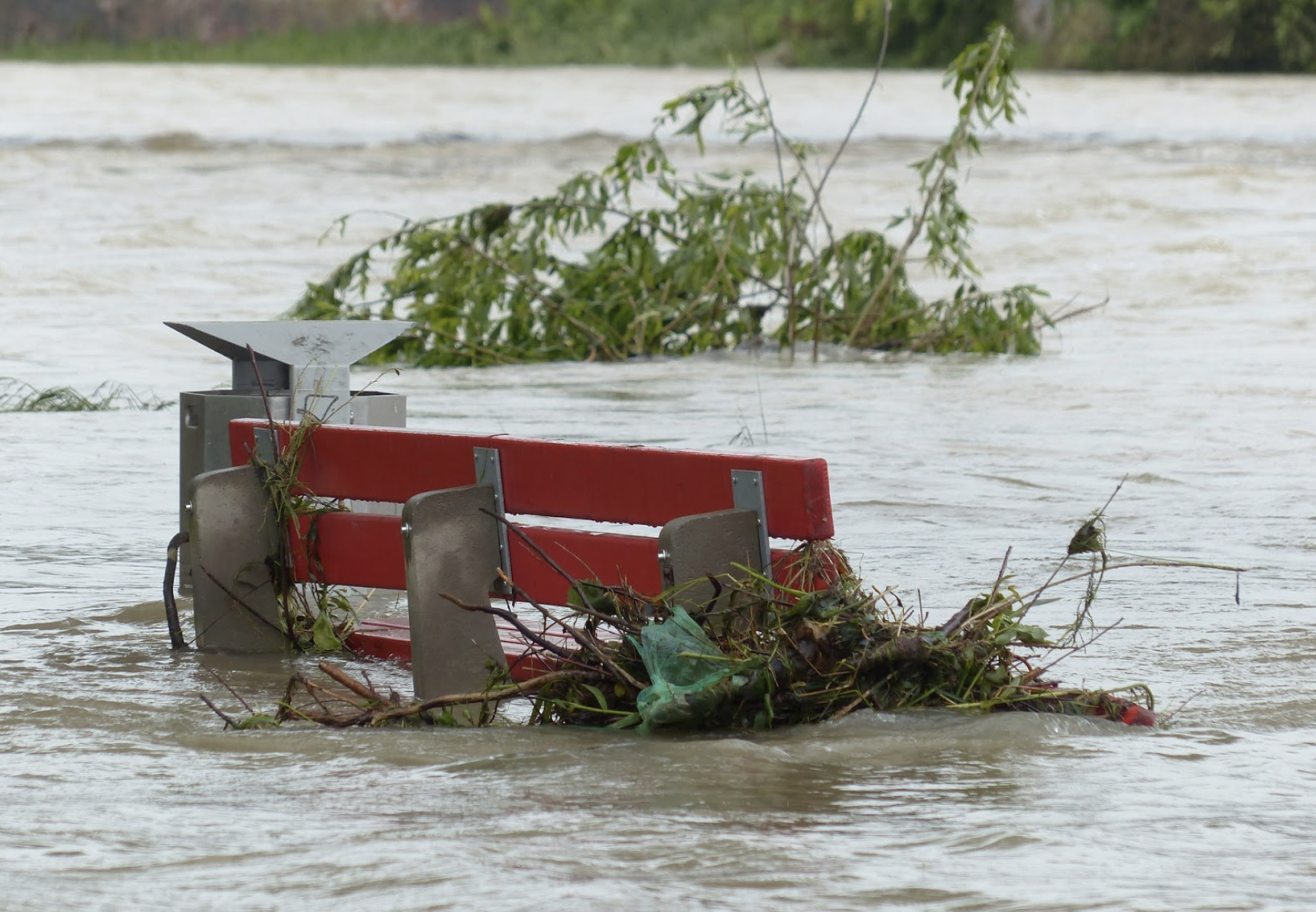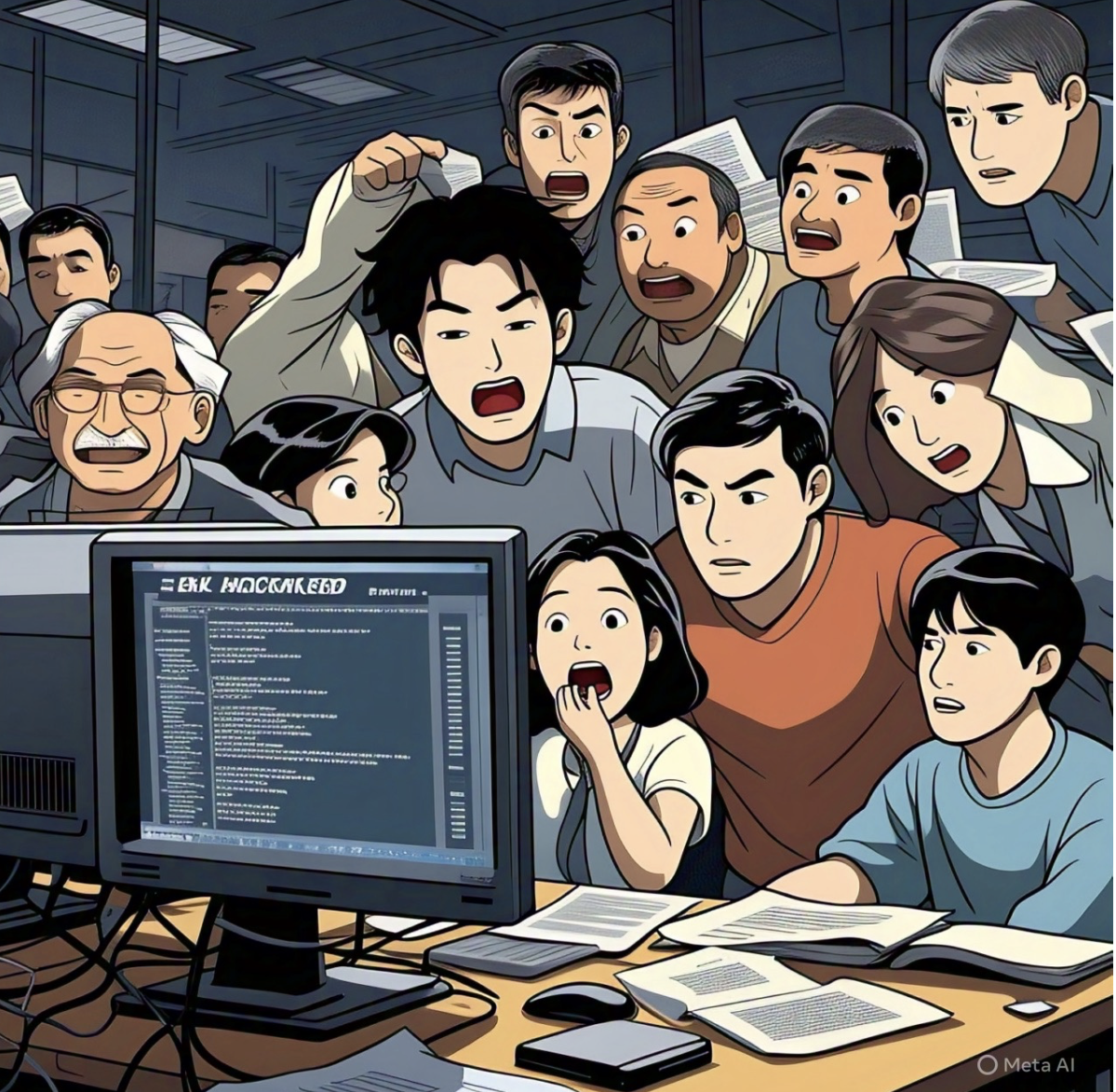
[객원 에디터 3기 / 정연우 기자] On August 7th, 2022, South Korea was hit by a large wave of rainfall that measured up to 525mm after three days of nonstop pouring — an unprecendented level for the nation in over a century. The resulting casualties included 13 killed, 6 missing, and 18 injured.
On August 8th, over 500 emergency falls were submitted and numerous manholes erupted. With a geography rich with mountains, the extensive rainfall caused numerous landslides on villas and country houses. In addition, major flooding damanged building complexes, transmission towers, and countless motor vehicles. Over the three-day downpour, a total of 2,676 houses and buildings faced temporary suspension of services as streets were submerged. Likewise, agricultural produce across the country were wasted. Indeed, this flood exposed Korea’s weak flood relief infrastructures and lack of contingency planning for such a large scale natural disaster.
Indeed, the country’s lack of preparation for disaster timesnatural disasters was evident. The ceilings of subway stations fell apart asand rainwater filled the underground stations to above waist levelthe waist. Parking lots did not have clear exit signs to guide people to safety. Thus, criticisms towards president Yoon’s slow reaction and frutiless disaster relief efforts have begun springing up all across the country.s As a result, many Koreans have begun criticizing the president and prime minister for their slow reaction and disaster relief efforts. for people to escape the rising water levels and many people criticized the government. Many criticized the slow reaction of the president and minister and loosened stress of clearing the sewage and water systems, leading to the fast build up of rainfall within the country.
The damage was further exacerbated by low-income residents living in semi-basement homes that are known locally as “banjihas.” Thousands of such residents found their homes submerged with damaged valuables, forcing them to seek shelter in school gyms, community centers, convenience stores, and hotels and causing further losses for an already economically-vulnerable population. Though Oscar prize winning film “Parasite” may have been thought of to have raised awareness for the poor living conditions for low-income residents in South Korea, the many drownings of banjiha residents highlight the continuing danger of income inequality in the country.
Fortunately, citizens were able to get together and help many stores and families restart their livelihoods. While many roads and areas continue to be closed off to public use, lean-up operations have begun across the country to restore subway stations and commercial stores back into service. We can only hope that when the next disaster hits, South Korea will be better prepared to protect its people — particularly its most vulnerable.
Sources: KBS, The New York Times, CNN, The Guardian, The Diplomat, NPR





